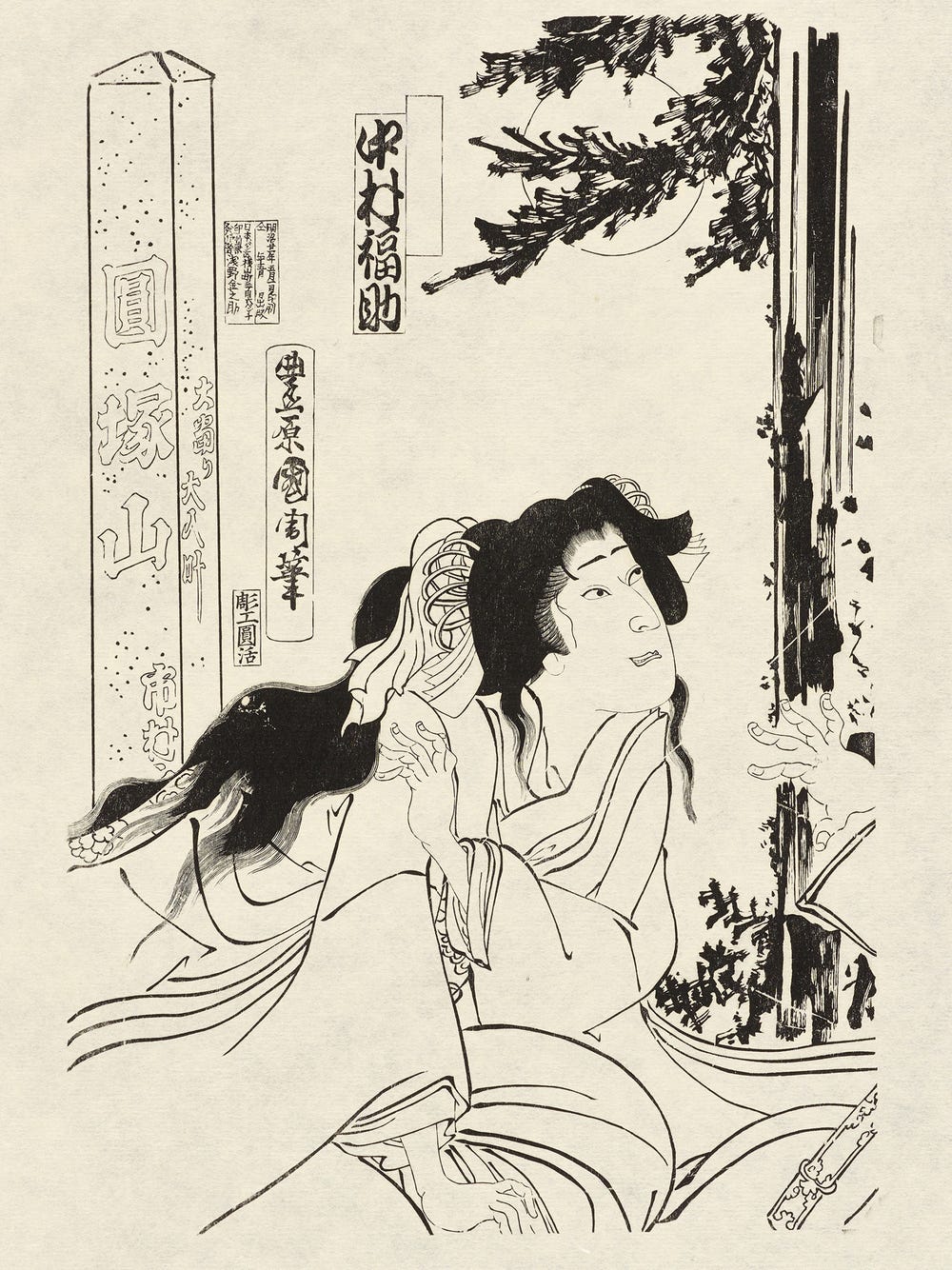The Textile Conservation Lab recently had two fascinating (and beautiful) examples of the weaving technique “double weave” in the lab at the same time: a length of fabric designed by William Morris in 1878–1881, woven on a Jacquard loom, and a contemporary artwork by W. Logan Fry, hand woven in 1991.
Though the two textiles were created only roughly one hundred years apart (not that long considering double weave has existed since 700 CE) using the same technique, they diverge in imagery and influences. Morris’s cloth draws from textiles of the fifteenth and sixteenth centuries, while Fry’s mines modern painting, computer technology, and futuristic fictions for inspiration. Considered together, they demonstrate how a single technique can achieve multiple, unexpected effects.
Double weave structure diagram
Double weave is a two-layered cloth that is made by weaving two or more sets of warps (vertical threads held stationary on a loom) and one or more sets of wefts (horizontal threads) at the same time. The two fabrics are interconnected and essentially trade places whenever the design changes: one layer goes to the top, and the other moves to the bottom. Double weave is an ancient form of weaving, with the earliest known examples dating back to 700 CE and the Paracas culture in Peru. It is also sometimes called pocket weave or pocket cloth, descriptive names that refer to its physical form.
One way to determine if a cloth is a true double weave is to use your fingers to physically separate the two layers of cloth in a specific area of the woven fabric. If the fabric pulls apart, leaving you with one layer of cloth in each hand, it’s double weave!
William Morris (designer), Morris and Company (manufacturer), English, 1861–1940, Bird Curtain, 1878–1881. England, English. Wool; doublecloth (jacquard woven), 82 1/2 x 51 in. (209.6 x 129.5 cm). Fine Arts Museums of San Francisco, Museum purchase, Art Trust Fund, 1996.47
This length of fabric, designed by Morris, probably looks familiar. Entitled Bird, its famous pattern has been reproduced countless times on everything from wrapping paper to plastic carrier bags and water bottles. Morris’s influences for this work were multiple, and include nineteenth-century Indian woodblock prints, fifteenth- and sixteenth-century European millefleur tapestries, and sixteenth-century English embroidery.
While Morris’s textile draws from the past, Fry’s looks to the future. As its name suggests, Microchip Series 2: Poly depicts a microchip. Fry took inspiration for this work from modern and futuristic sources: the work of twentieth-century painters Piet Mondrian and Josef Albers, barcodes on products and packaging, circuit boards, and the science fiction novel Neuromancer, by William Gibson. Published in 1984, the book contains numerous references to textiles that have the appearance of microchips.
W. Logan Fry, Microchip Series 2: Poly, 1991. Double weave, paired warp and weft threads (Finnweave), 37 3/8 x 36 1/4 in. (95 x 92 cm). Fine Arts Museums of San Francisco, Gift of the artist, 2002.166. © W. Logan Fry
These two exciting — and very different — examples of double weave are currently on view in the Museums: Morris’s Bird can be seen in the special exhibition Truth and Beauty: The Pre-Raphaelites and the Old Masters, at the Legion of Honor through September 30, and Fry’s Microchip Series 2: Poly is on view in the new installation of the de Young’s contemporary art galleries (specifically Gallery 13) called Specters of Disruption.








